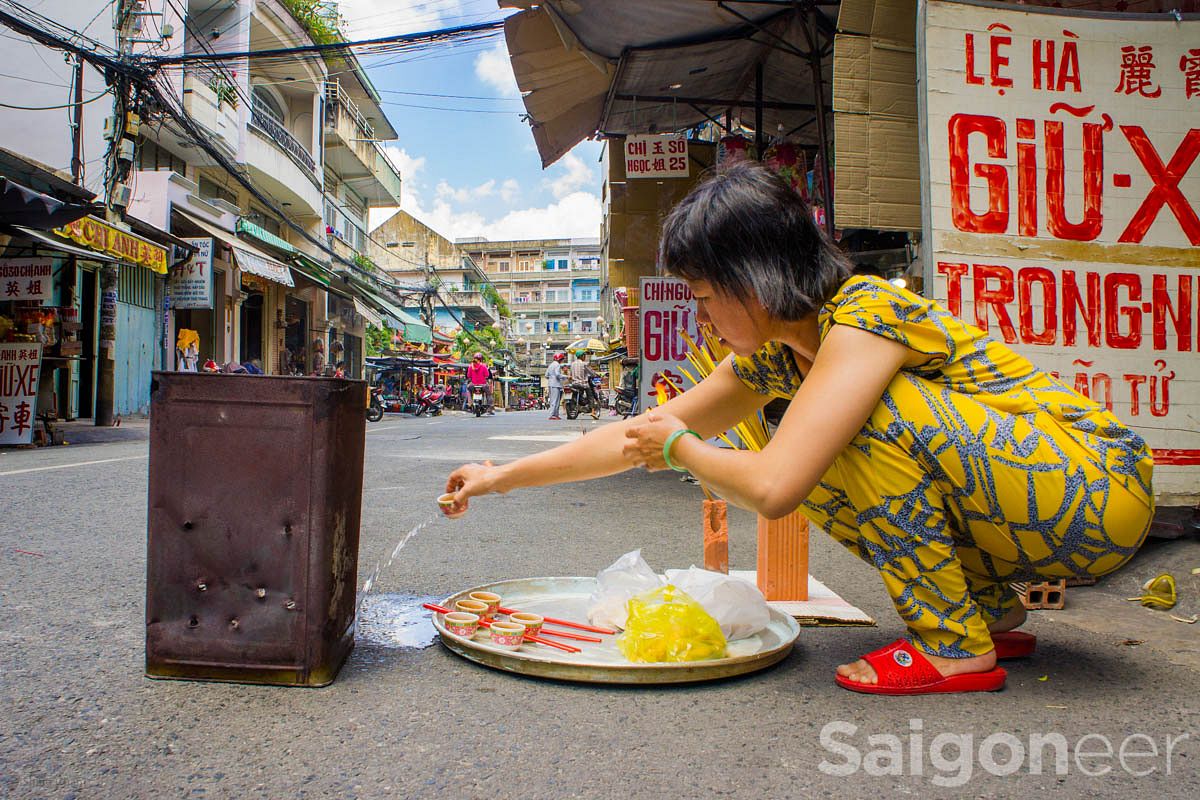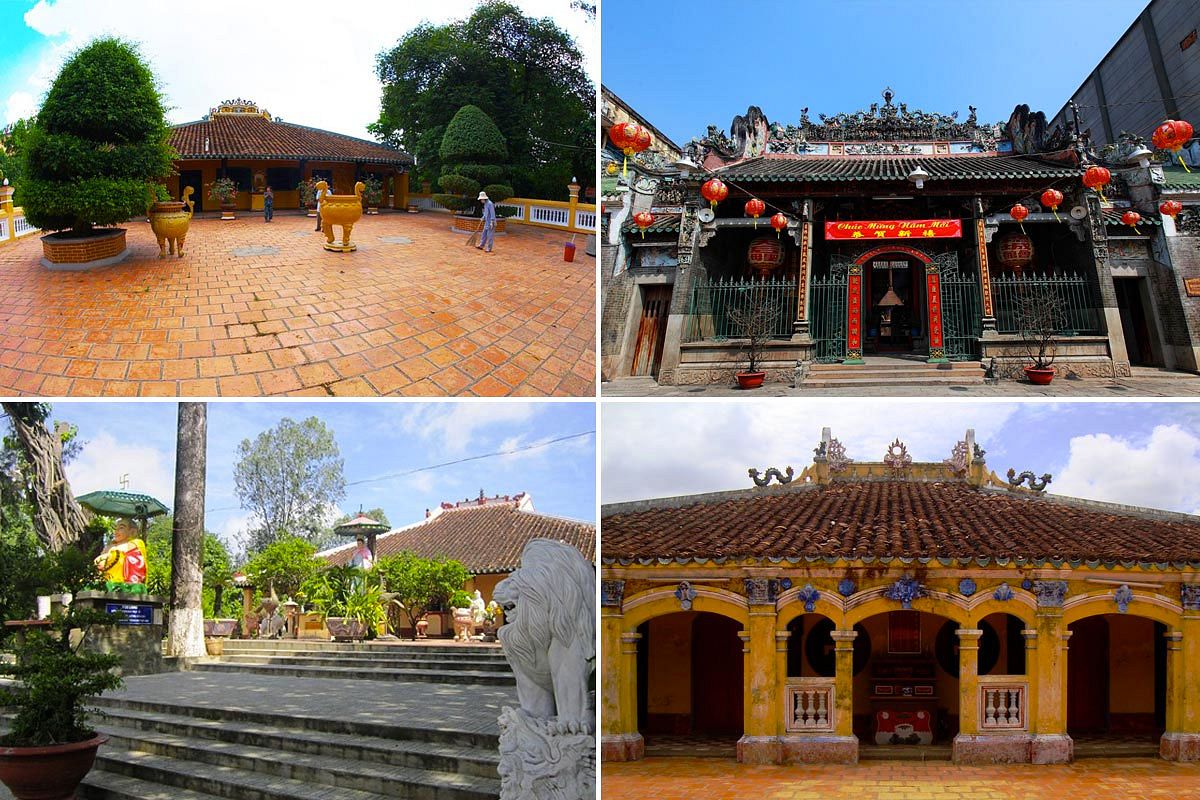Located at the intersection of two bustling streets in Bình Thạnh District – Phan Đình Phùng and Đinh Tiên Hoàng – and a few steps from the crowded Bà Chiểu market, is a temple dating back to the city’s early history.
Commonly called “Lăng Ông Bà Chiểu” for its location is near the present day market, Lăng Ông (“The Man’s Tomb”) was built as a place to remember Lê Văn Duyệt, a high-ranking mandarin of the Nguyễn Dynasty.
Born in 1763 as a eunuch, Duyệt was well-known for his strength even when only a child. During the fight between the Nguyễns and the Tây Sơn Dynasty, he fought alongside Prince Nguyễn Ánh where he demonstrated great military skill. Duyệt would go on to crush the insurrection, leading to Nguyễn Ánh’s ascension to the imperial throne under the name Gia Long.
For his part, Duyệt was conferred the title, “Viceroy of Southern Part of Vietnam” by the new emperor, ushering in a prosperous period in the region. Duyệt’s was respected so much that he was excluded from having to kneel before Gia Long. But along with special privileges came the disfavor of the emperor‘s son, Nguyễn Phúc Đảm who later ruled under the name Emperor Minh Mạng.

While Minh Mạng disliked Duyệt, he kept his feelings in check until the general’s death, following which, Mạng desecrated his tomb, executed sixteen of his relatives and arrested his colleagues.
It all began with a rebellion by Duyệt’s adopted son, Lê Văn Khôi, a former rebel during the reign of Gia Long who was freed by Duyệt’s mercy and surrendered the Nguyễns. After his adopted father’s death, Khôi incurred Minh Mạng’s disfavor.
Raged by the injustice against Duyệt’s grave, associates and loved ones, Khôi rose up in arms again, defeating the imperial army at the Phiên An (the Citadel of Saigon).
In 1834, Khôi died of disease and his 8-year-old son, Lê Văn Câu, was thrust into the leading role. His young age and lack of experience were quickly exposed and Phiên An fell to imperial forces in 1835.
Without hesitance, King Minh Mạng sentenced all the rebel troops and their relatives to death without trial. These 1,831 poor souls were systematically tortured, beheaded and then tossed into a giant, open grave and defamed by a gravestone which read: “Ngụy tặc nhất võng trinh tru” (“Evil, treacherous rebels all killed as a punishment”).
To make sure nobody would question his power again, Minh Mạng mercilessly sentenced 8 of the revolution’s leaders, including the 8-year-old Lê Văn Câu, to a horrid death: execution by dissection. Their flesh was flayed piece by piece, to ensure a slow, excruciating demise.

Attitudes began to change after Thiệu Trị, Minh Mạng’s eldest son, took the throne in 1841 and rebuilt Duyệt ‘s tomb. Later, Tự Đức, the forth Emperor of the Nguyễn Dynasty turned the tomb into a national monument. With this imperial recognition, Duyệt is now considered a protective god by many.
Annually, on July 30th (lunar calendar), the tomb is visited not only by Vietnamese, but also Chinese-Vietnamese for his friendly policies towards the Chinese who had prospered in the Mekong Region long before the Vietnamese arrived.
















